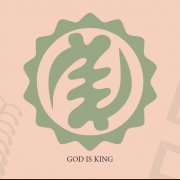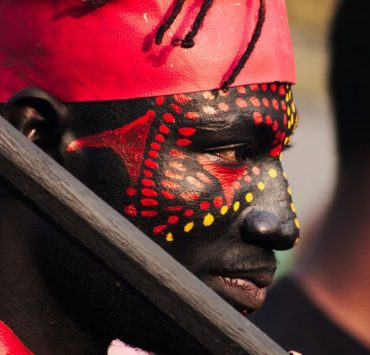Asanteman – The Asante Empire of Ghana
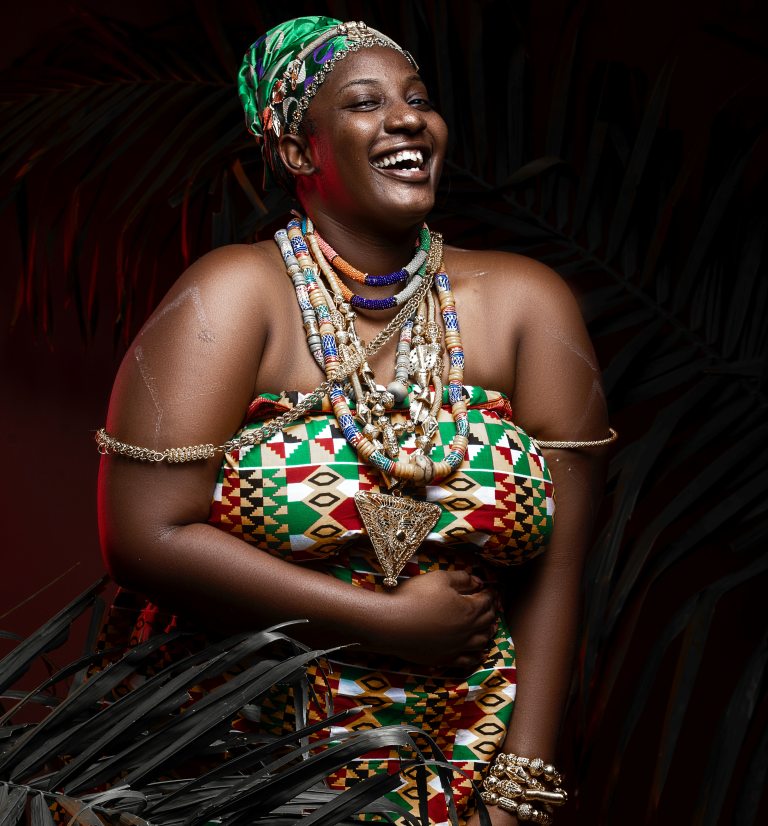
Chioma Phillips is the Editor of Msingi Afrika Magazine and…
“Ashanti derives from the word ‘Asante’, which means ‘because of war’. This is because Asante was created as a kingdom to fight the Denkyira kingdom. It only became known as the Ashanti simply because the British heard it as ‘as-hanti’ – and the name remained.” (Source: changeforghana.org)
The word Asante is derived from the Twi words ɔsa meaning “war” and nti meaning “because of”. (Source: Wikipedia)
The Akan people of Ghana make up roughly half of the country’s population. The Twi-speaking Akan people moved to the forest belt of the southern part of what is now modern Ghana and established numerous Akan states: Asante, Brong-Ahafo, Assin-Denkyira-Fante Confederacy-Mankessim Kingdom (present-day Central region), Akyem-Akwamu-Akuapem-Kwahu (present-day Eastern region and Greater Accra), and Ahanta-Aowin-Sefwi-Wassa (present-day Western region). Some Akan peoples are also said to live in the Ivory Coast and Togo.
Denkyira was a powerful nation of Akan people that dominated their neighboring states in the 1600s, except for the Akwamu and the Akyem. The Denkyira controlled the trade with Europeans in Western Ghana, while the Akwamu did the same in Eastern Ghana. The Asante paid tribute to the Denkyira until 1701 when they defeated the Denkyira at the Battle of Feyiase and declared their independence under AsanteheneOsei Tutu I. (Asantehene: King)
Socially, the Asante were originally structured as clans. Among these clans, were the Oyoko, who set up a centre at Kumasi around the 1600s after their first encounter with the Europeans. In the 17th Century, their chief, Oti Akenten, started to consolidate the Asante clans into a loose confederation against the Denkyira. When Osei Tutu I became Asantehene in the late 17th Century, he advanced this consolidation politically and militarily ultimately attaining a decisive victory over the Denkyira. The Asante people then became the dominant people amongst their kin.
Just how did they achieve this great feat? Osei Tutu I and Okomfo Anokye, who was chief priest and sage advisor to Osei Tutu I, created a powerfully unifying symbol and narrative that helped them to successfully galvanize the support of the Asante clans. As legend would have it, one day, a meeting of all the Asante clan chiefs was called, before declaring independence from Denkyira. At this meeting, Okomfo Anokye, commanded a Golden Stool to come down from the heavens. The Golden Stool or sika ‘dwa floated down from the heavens in a cloud of white dust and landed in the lap of Asantehene Osei Tutu I. Okomfo Anokye declared the stool to be symbolic of the Asanteman (empire/confederacy), declaring that its safety was their strength and unity. Allegiance was sworn by all the heads to the stool and Osei Tutu I as the Asantehene. The stool, you see, traditionally indicated clan leadership and so The Golden Stool became their symbol of unity and the proof of legitimacy of the possessor.
The newly declared Asante union then waged war against and defeated the Denkyira. To this day, The Golden Stool remains sacred to the Asante as it is believed to contain the Sunsum (spirit or soul) of the Asante people. After this, Asante grew in stature from being a state into a kingdom and finally the Asante Empire trading across Afrika and internationally.
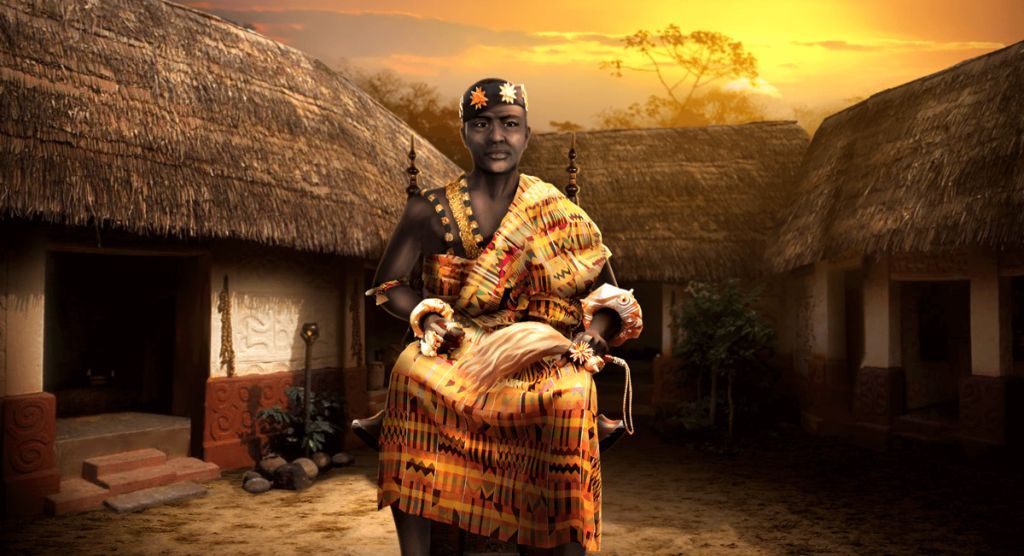
Before ever making contact with Europeans, the Asante enjoyed robust trade with other Afrikan states due to their wealth in gold. Trade with European states began with the Portuguese in the 15th century AD and multiplied as the gold mines in the Sahel were getting depleted. When the gold mines in the Sahel started to fade out, the Asanteman rose to prominence as the major player in the gold trade.
Opoku Ware, Osei Tutu’s successor, continued expanding the kingdom and by the early 19th century, their territory sprawled over nearly the entirety of what is now present-day Ghana, including the coast. The kingdom combined a strong military tradition, with great agricultural productivity. Out of Asante spread a great trade network leading west across the Atlantic Ocean and North across the Sahara, sending out gold, slaves, ivory and kola nuts. The Asante traded directly with the British, trading gold and slaves (those captured in war or given as tribute), in exchange for guns and other European goods. The Asanteman prospered, becoming known far and wide for their gold and brass craftsmanship, wood carving, furniture, and brightly colored woven kente cloth.
The word kente comes from the Asante word kenten, which means basket. The fabric was originally woven from raffia fibers in a pattern similar to that of basket weaving. Kente was historically used to distinguish royalty and to make other social distinctions such as gender, age, marital status and social standing. Today the symbolism of colors and patterns remain, with yellow symbolizing royalty, wealth, and fertility; pink – femininity, calmness, and sweetness; green – growth, fruitfulness, and spiritual rejuvenation; red – heightened spiritual and political mood, sacrifice and struggle; blue – spirituality, peace; and purple and maroon – the healing power of the Earth. Black represents maturity, energy, antiquity, and spiritual potency.
During this period of expansion and prosperity, some of the Asante also began to convert from traditional Asante religious beliefs to Islam and Christianity. It is also said that the Asanteman found themselves in a constant state of war, having to either fight to expand or defend their burgeoning territory.
The 19th century also saw the Asante come into direct conflict with the British who wanted to dominate the region and do away with the slave trade. After a series of battles, the Asanteman gradually weakened, their empire dwindled in size and they were eventually declared a colony of the crown in 1902 after nearly a hundred years of resistance to the British, following the uprising known as the YaaAsantewaa War or The War of the Golden Stool. This war was catalyzed by the arrogance and social ignorance typical of the then British Empire. During a previous battle against the Asante, the British kidnapped the AsantehenePrempeh I and his counselors and deported them to Seychelles. Sir Fredrick Hodgson, governor of the ‘Gold Coast’ from 1898 – 1900 made a major faux pas in his quest to govern the Asante by demanding that the people hand over The Golden Stool to him, believing that it would allow him to govern the country for all time. A statement attributed to him and said to have come from the book, Accused in the Gold Coast by Fred M. Agyemang, caused great offence among the Asante people. It is said that he spoke to a gathering of the people thusly:
“Your King Prempeh I is in exile and will not return to Ashanti. His power and authority will be taken over by the Representative of the Queen of Britain. The terms of the 1874 Peace Treaty of Fomena, which required you to pay for the cost of the 1874 war, have not been forgotten. You have to pay with interest the sum of £160,000 a year. Then there is the matter of the Golden Stool of Ashanti. The Queen is entitled to the stool; she must receive it.
Where is the Golden Stool? I am the representative of the Paramount Power. Why have you relegated me to this ordinary chair? Why did you not take the opportunity of my coming to Kumasi to bring the Golden Stool for me to sit upon? However, you may be quite sure that though the Government has not received the Golden Stool at his hands it will rule over you with the same impartiality and fairness as if you had produced it.”
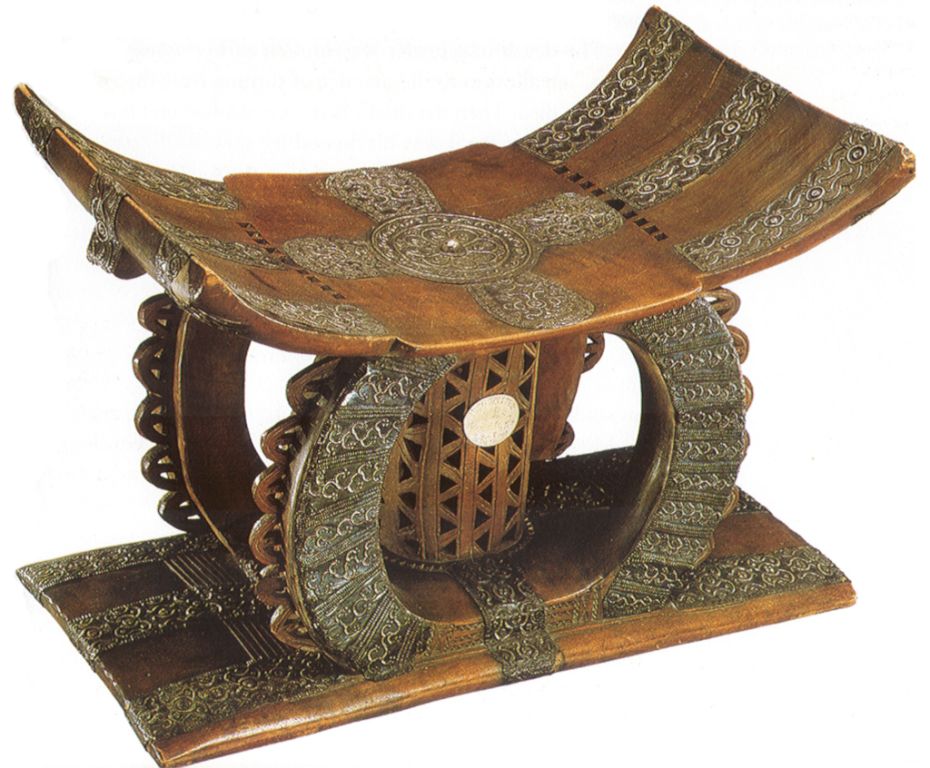
His impetuous demand to sit on a stool considered holy, embodying the soul of the Asante, and the symbol of the unity of the Asanteman provoked outrage and resulted in a war under Queen YaaAsantewaa I which led ultimately to the defeat and annexure of the Asante Empire to the British… but not before she dealt a humiliating blow to the British.
Based on one account, the Great Warrior Queen YaaAsantewaa I, Queen Mother of Ejisu, took Supreme Military Command over an army of 20,000 warriors, which included a battalion of Amazons and 1,000 handpicked soldiers led by General Asmarah. She is said to have delivered the following rousing speech to her people:
“Now I have seen that some of you fear to go forward to fight for our king. If it were in the brave days, the days of Osei Tutu, OkomfoAnokye, and Opoku Ware, chiefs would not sit down to see their king taken away without firing a shot. No white man (Obroni) could have dared to speak to a chief of the Asante in the way the Governor spoke to you chiefs this morning. Is it true that the bravery of the Asante is no more? I cannot believe it. It cannot be! I must say this, if you, the men of Ashanti, will not go forward, then we will. We, the women, will. I shall call upon my fellow women. We will fight the white men. We will fight till the last of us falls in the battlefields.”
With that, she gathered a fighting force from the enraged people and ambushed Hodgson’s deputy, Captain Cecil Armitage. He and his men escaped to their offices in Kumasi only because of a sudden rainstorm. The mighty Asante staged a long siege against them from the 29th of April 1900 to the evening of the 15th of July 1900. They cut their telegraph wires, blockaded their food supplies and repelled relief columns. All roads leading to Kumasi were blockaded with massive six-foot-high logs which were impervious to artillery fire, yet had holes that allowed the Asante to fire through upon the British.
For those in the British offices, supplies were low and sickness joined in the battle against them. A rescue party provided an opportunity for Hodgson, his wife and 100 of some 500 Hausas who were locked in with them to escape and be evacuated with 12,000 Asante Abrade (warriors) in hot pursuit, leaving behind a large number of British and Hausa under siege. The absconders evaded the main thrust of the Abrade, eventually making it to Accra by ship. Later an embattled troop of British soldiers returned to Kumasi, having faced great resistance along the way from those aligned with the Asante. They eventually rescued the remainder of those under siege who were said to be two days away from surrender.
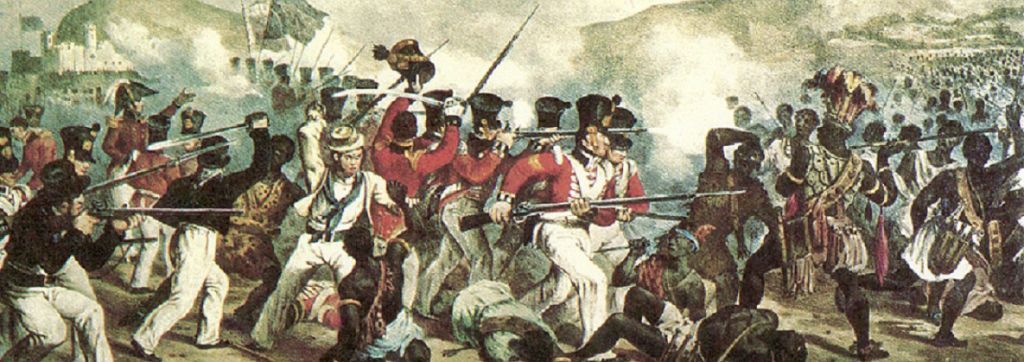
Eventually, upon defeating the resistance, the British, deported Queen YaaAsantewaa I and other leaders to Seychelles as well.
The exiled Asantehene was allowed to return to Kumasi in 1924 and the British recognized the Asante confederacy as a political entity in 1935. The Empire later entered into a union with Ghana on independence from the British. The sika ‘dwa (Golden Stool), the Asante Imperial Palace and other artifacts remain to this day, a reminder of the golden age of the Asanteman.
(Sources: pbs.org, blackpast.org, msingiafrikamagazine.com, Wikipedia, refworld.org, changeforghana.org, natal1906.wordpress.com, BBC World Service)
What's Your Reaction?
Chioma Phillips is the Editor of Msingi Afrika Magazine and the host of Msingi Afrika Television. Her hope is to see the Truth shared, with all who will listen, for the transformation of the people and the continent of Afrika - and the world. She believes passionately in the critical role that Afrika and Afrikans have to play on earth right now and hopes to ignite the spark that will cause them to see and believe who they are, so that they can live out their Truest lives for the remainder of their days.








